Oyster Restoration: Preserving an Ecosystem and Culture
Ever since 7th grade, Melissa Karp has been passionate about oysters in the Chesapeake Bay. Her interest was sparked after partaking in a summer program in which she learned about oyster reef ecology while sailing around the Chesapeake Bay. Little did she know that one day she would end up at VIMS researching oyster restoration for her Masters Degree. Today, as a Virginia Sea Grant Graduate Research Fellow, Melissa works to highlight the importance of the oyster reef ecosystem, sharing the value of this structured habitat in the Chesapeake Bay.
Oyster reefs are one of the most rapidly deteriorating habitats in the world. In the Chesapeake Bay, where they hold vital ecological, economic, and cultural importance, less than 1% of original oyster reef habitats from the 1800’s remain. This decline has been occurring for decades from over harvesting, habitat destruction, disease, and decreased water quality. Economically, oysters have historically been a key commodity in the Chesapeake Bay. Fisheries and oystermen all around the Bay have traditionally harvested oysters for centuries, deeply ingraining the practice in the history of the area. Ecologically, they provide a variety of services, from water filtration and carbon sequestration to providing critical habitat for both ecologically and economically important species. Needless to say, the loss of oysters in the Chesapeake Bay has caused detriment on many levels. The challenge lies in finding a balance between creating successfully restored reefs and allowing people to carry out traditional harvesting.
There are a number of different practices used for oyster restoration and Melissa’s research aims to determine the best of these methods. Looking at a number of restored oyster reefs in Virginia tributaries, Melissa evaluated the structural complexity of these oyster reefs to determine what qualities supported the greatest abundance and diversity of life. The idea is that more complex habitats should support a higher abundance, distribution, and diversity of organisms. Small benthic organisms, as well as juveniles of a variety of species, inhabit the reef and attract large predatory species that support local fisheries. As the small crevices of the reef provide a protected sanctuary for juveniles, complex reefs are predicted to attract more prey species, but experience a negative correlation in the feeding success of predators.
To sample these reefs, Melissa deploys benthic sampling trays – basically a mesh cube without a top. With the help of some VIMS SCUBA divers, these trays are strategically placed on each reef and are left in place for 7 weeks. Melissa’s team then collects the trays and measures everything down to the smallest invertebrate including: species of organisms, number of organisms, biomass of organisms, abundance of organisms, biomass of oysters, abundance of oysters, and the volume of oyster materials. Though it sounds simple, Melissa’s sampling has not gone without a few challenges. Sometimes you just don’t get the trays back. Out of 80 set trays, she was only able to return with 55 samples due to detached buoys or the divers just not being able to find the trays. But the biggest challenge she’s faced? Trying to convince people that oysters are important not only economically, but environmentally.
As of now, the main mechanisms for oyster restoration in the Chesapeake Bay is building complex reefs that can support benthic prey species, and therefore larger predator species. Melissa found a lot of evidence that supports this and the idea that you need live oysters growing in a 3D structure to successfully restore a reef. What was most critical in her findings, however, were the distinct communities on the reefs that she observed in each of the four tributaries. This means that restoration models must be specifically tailored to the estuary in which they will be placed rather than having an overarching bay-wide model. Interestingly, Melissa noted that restoration in some rivers seemed to be doing better than those in other rivers. While she’s not 100% certain why, she suspects that it may be due to the water quality based on the river’s proximity to either more urban or rural areas.
Based on her findings Melissa recommends using live oysters or spat-on-shell methods when establishing a new site to ensure the growth of a healthy, complex reef. Spat-on-shell involves putting shell on reefs that already have spat, or baby oysters, attached to them; this will help give the reefs a head start, as they already have oysters recruited to them. Additionally, the placement of reefs should be carefully considered; when they are placed in just the right location, they can help seed other areas and easily recruit other organisms to build a health community. Above all else, these reefs need to be given time to grow. As oysters only grow about an inch per year, we really can’t see dramatic change to the site immediately. Melissa recommends that a reef be given about 5 years to grow before being harvested.
What a lot of people don’t realize is that oysters actually do grow on reefs. As they are marine environments, the majority of people don’t have the opportunity to see first hand where oysters come from and therefore don’t really have the context in which they can conceptualize how they exist naturally. To address this, Melissa, inspired by the VASG Science Communication Seminar that she participated in, has developed an interactive website that allows students to learn about the ecology of oyster reefs. It brings oyster environments to life with an interactive reef component where students and teachers can click on several of the most common organisms that live on oyster reefs and learn about the roles that they play in the reef ecosystem. Additionally, there is information on the website highlighting oyster restoration and it even has a page where you can meet the scientist involved in oyster restoration.
From exploring the Bay on a skipjack in 7th grade to helping restore one of the most economically and ecologically important species in the Bay, Melissa has ingrained herself in the Chesapeake Bay oyster community. She now not only gets to share her research with the science community, but has had opportunities to work with communities of local oyster harvesters. To her chagrin, these people, who know more about oyster aquaculture than anyone, have approached her to express their excitement about her work. They have been not only happy to know that someone is doing something to restore the Bay, but have been excited to learn about the diversity of reefs and the community of organisms that depend on them. Beyond using her research to inform management decisions, Melissa wants people to truly understand just how important oyster reef habitats are in the Bay, and know that their tax dollars that go towards oyster reef restoration is going to help the region. Investing in oyster restoration means investing in the ecological, economic, and cultural future of the Chesapeake Bay.
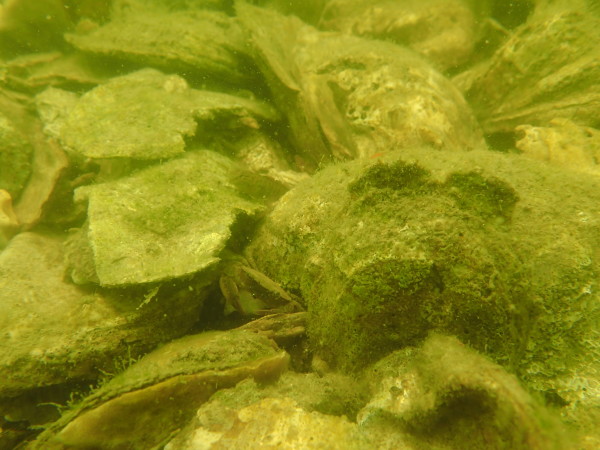
Want to learn more and get involved in oyster restoration?
- Get involved in local restoration projects through the Chesapeake Bay Foundation or the Nature Conservancy
- Ask local restaurants to participate in shell recycling programs or help collect shells from already participating restaurants

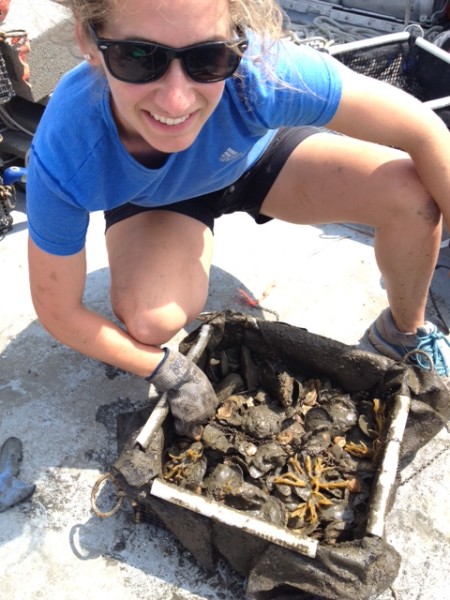
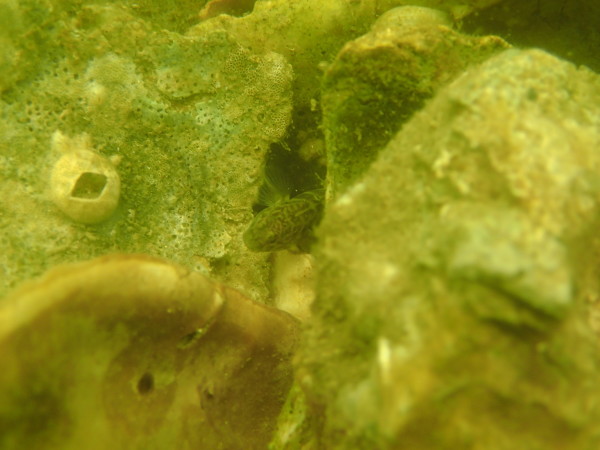
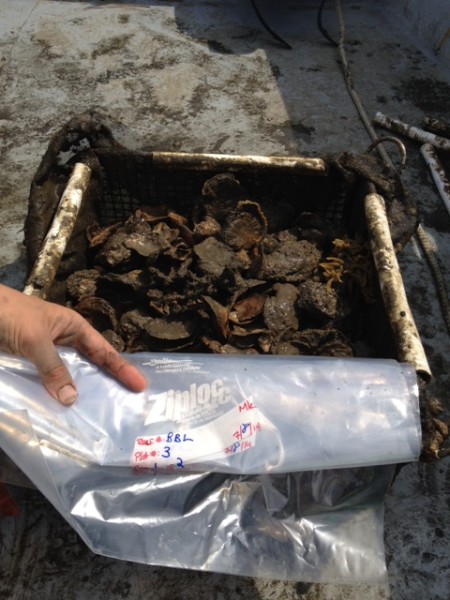
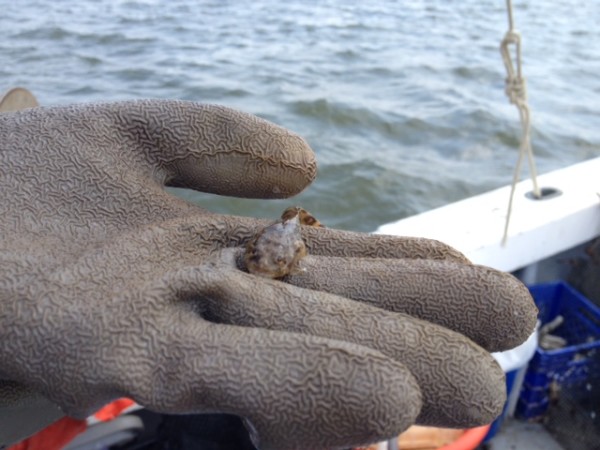



No comments.
Comments are currently closed. Comments are closed on all posts older than one year, and for those in our archive.